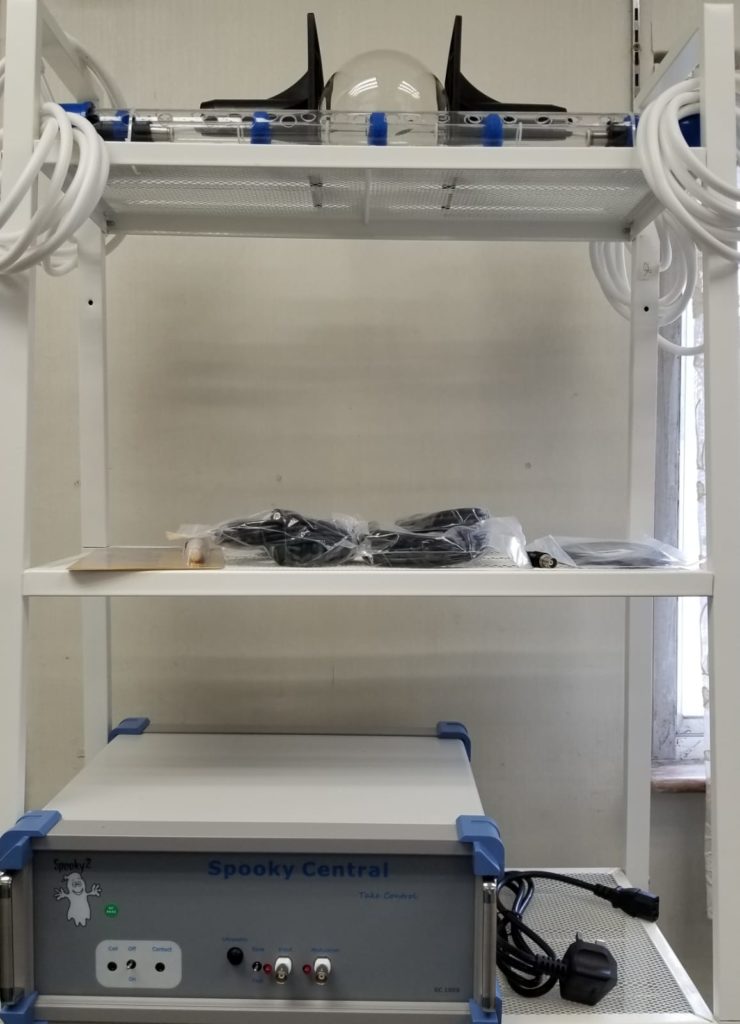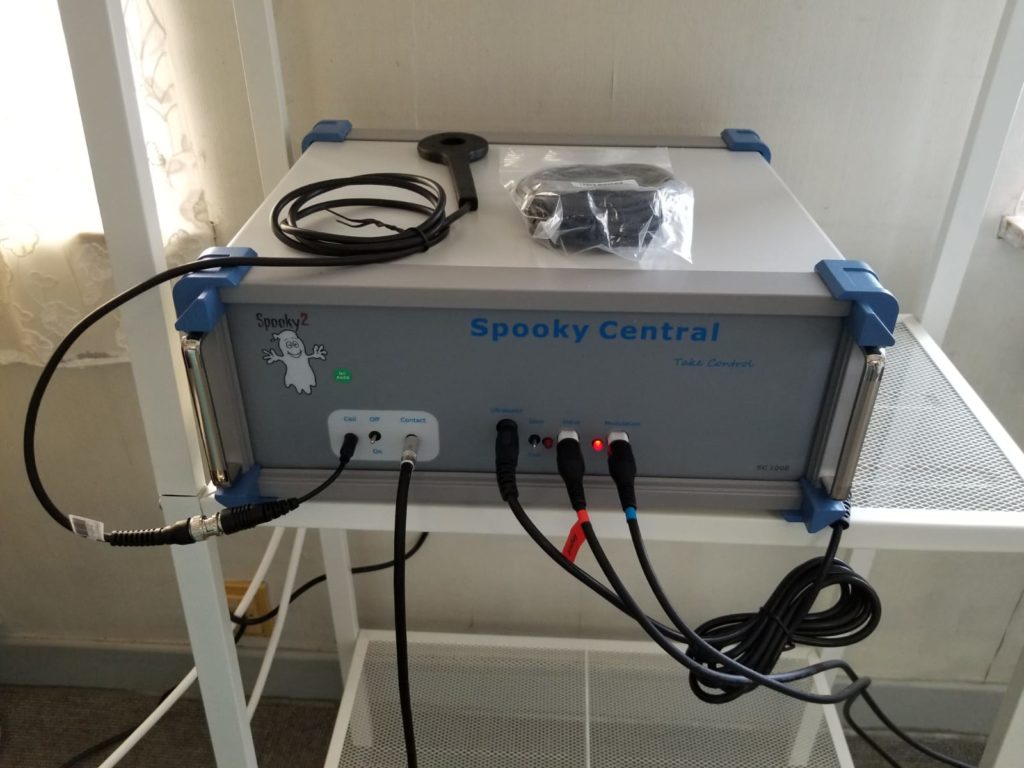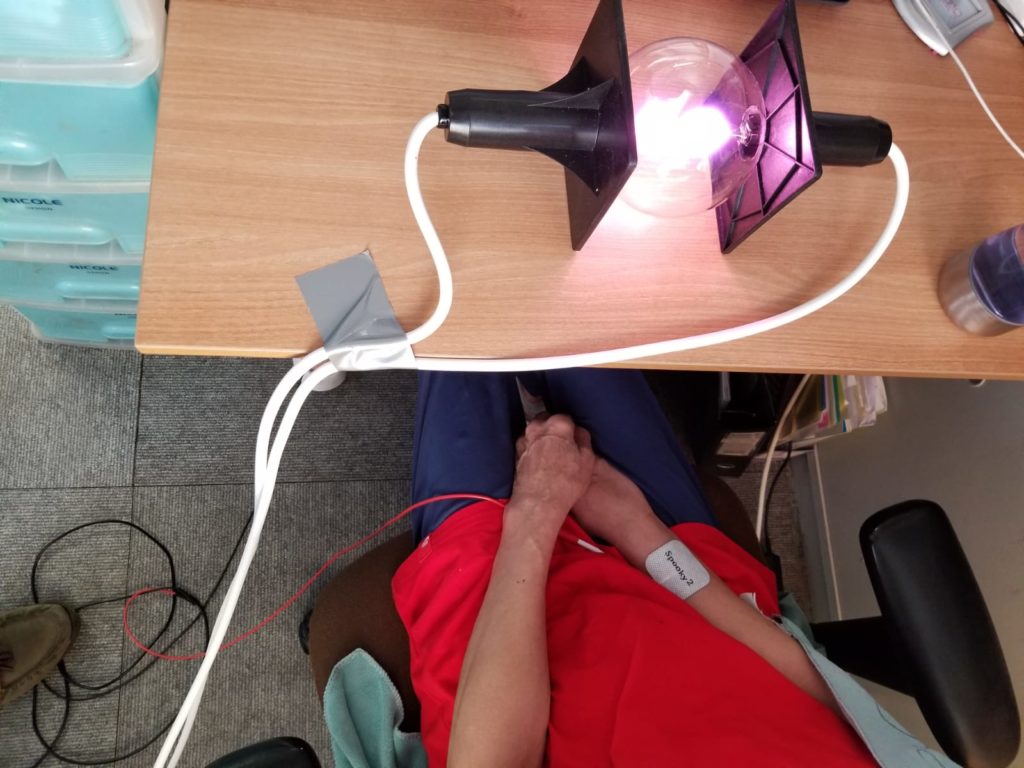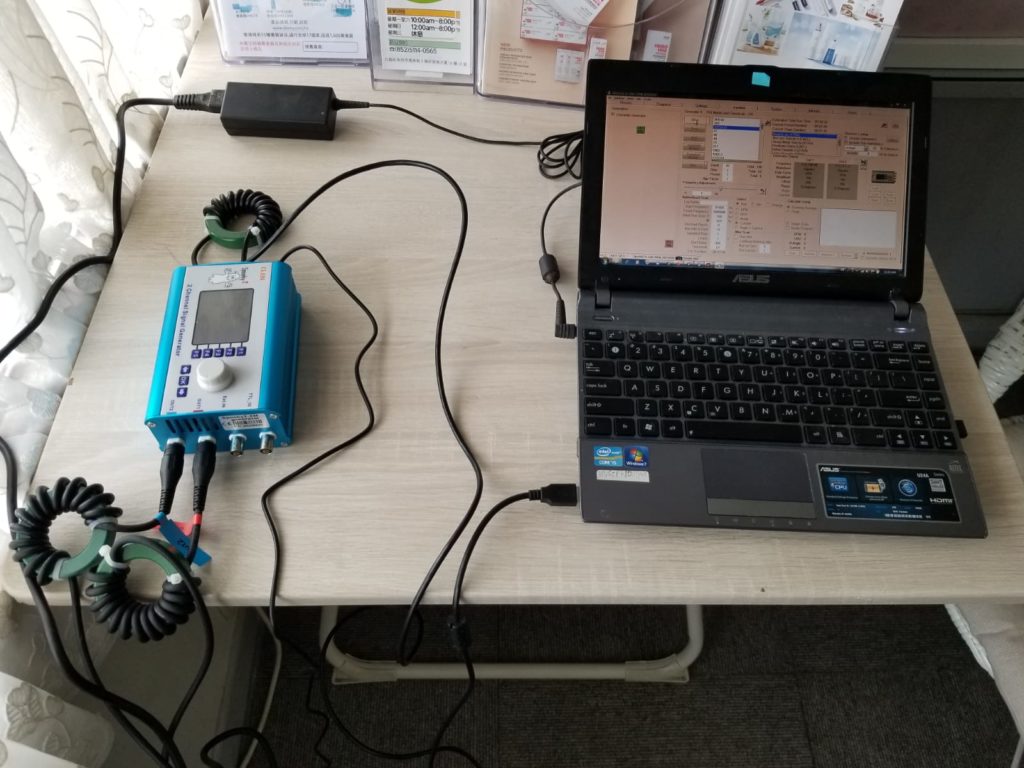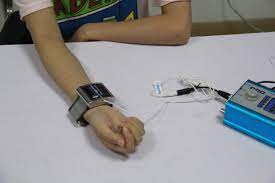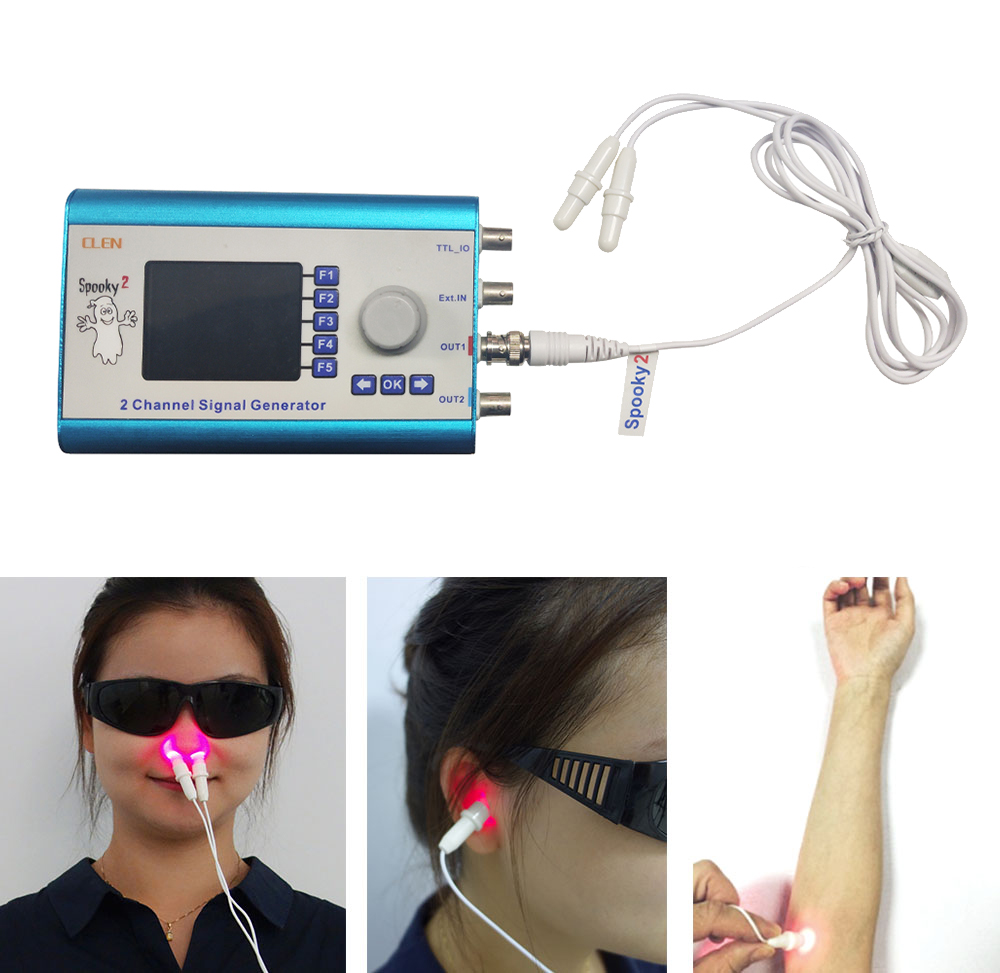Why is oral health important?

Your oral health is more important than you realize. If you do not maintain good oral hygiene, your risk of oral diseases and diseases will be higher. If left untreated, certain diseases can cause tooth loss or damage to teeth. / Or permanent damage to surrounding structures, in addition, the infection may spread to other parts of the body and cause serious complications. Common oral diseases:
Bad breath: Also known as bad breath, it is an embarrassing condition and may even cause anxiety. This smell usually starts in your mouth. It may be caused by smoking or the decomposition of food particles. Either way, oral hygiene Badness is the root cause of bad breath.
Tooth decay/tooth decay: Tooth decay is a permanent damage to the teeth that develops into tiny openings or holes. When you brush your teeth incorrectly, sugar and starch will remain on your teeth, and bacteria that feed on this sugar will be released The acids that corrode your teeth, at first, they may create tiny openings, but as your teeth wear out, they may touch and damage your nerves.
Gingival recession: It is a process in which the gum tissue wears and more teeth are exposed. It may be caused by actively brushing your teeth, but more commonly, it is the result of the accumulation of bacteria and plaque. They are more susceptible to damage from bacteria.
What are the effects of poor oral health?
Good oral care, such as daily brushing and flossing, can control bacteria. However, without proper oral hygiene, bacteria can damage the gum tissue and enter the bloodstream, causing diseases in other parts of the body, including:
Endocarditis: is a rare but life-threatening inflammation of the endocardium. The inner wall of the heart cavity and valves. Bacteria can enter your blood through your mouth and infect your heart. Endocarditis can damage or destroy you Heart valve.
Heart disease: People with periodontal disease are almost twice as likely to suffer from coronary artery disease as those without periodontal disease, because oral bacteria may attach to the fatty plaques in the coronary arteries and form the cause of heart attack clot.
How to protect your oral health?
Brush your teeth with a soft-bristled brush at least twice a day, use fluoride toothpaste, use dental floss every day, and use mouthwash to remove food residues after brushing and flossing. Eat a healthy diet with limited sugar content. If the bristles are open or worn out, please change your toothbrush every three months or earlier, arrange for regular dental checkups and cleaning, and avoid the use of tobacco.
We can run the drain current program in the Spooky2 database to improve oral health, as shown in the following figure:

In addition, you can also make your own high-quality colloidal silver, which is fresher than most commercial products on the market. For those who are not familiar with colloidal silver, it is small silver particles suspended in a liquid. People often use it to kill bacteria, prevent infections, and treat diseases. Brushing your teeth with colloidal silver is a good idea.


